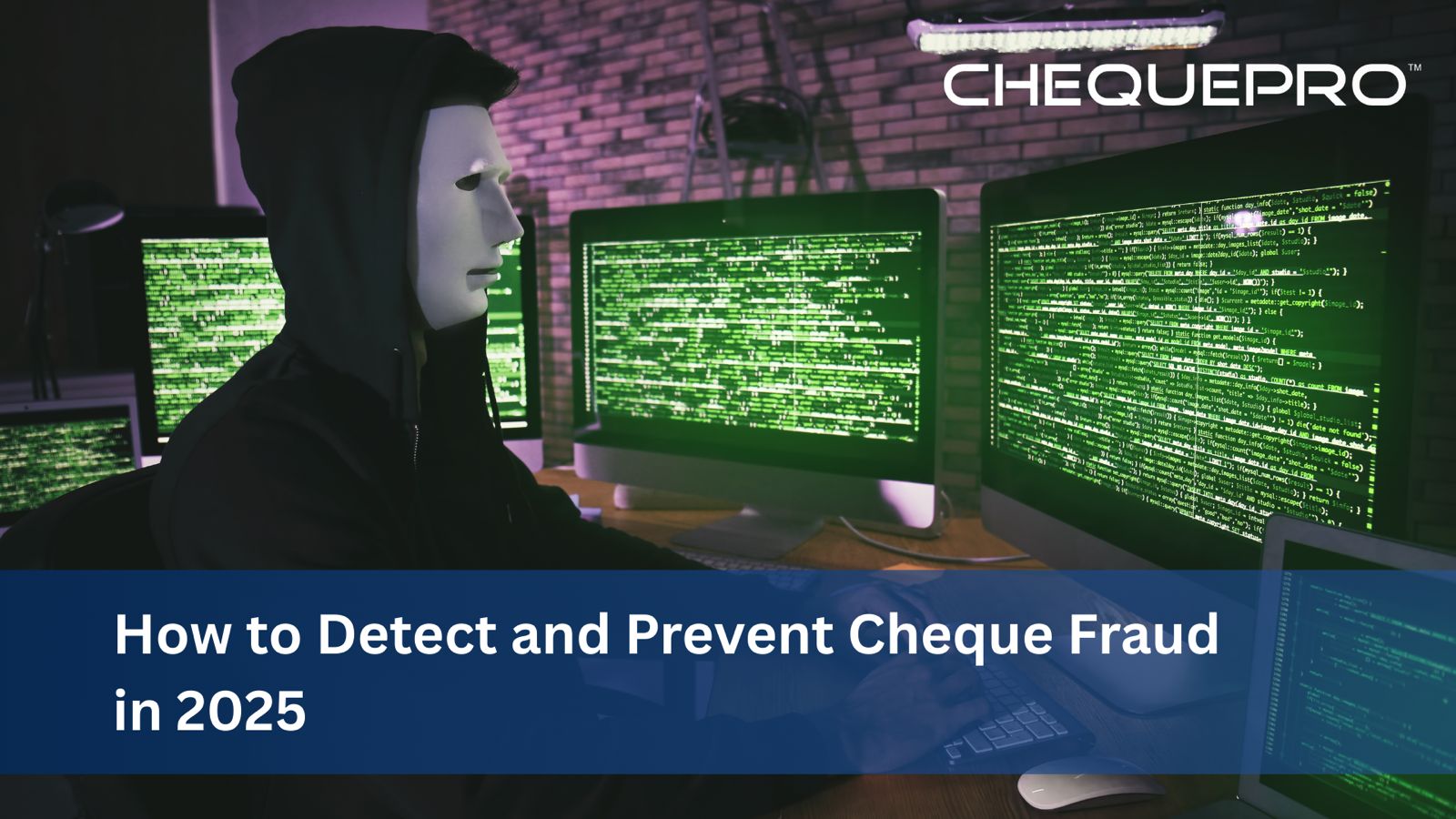Introduction
If you believed cheques were vanishing gradually, then you are correct. But the surprise is that although fewer individuals are making use of them, cheque fraud continues to rise at an alarming rate.
And it is no longer about the basic tricks, such as forgery of signatures; we are referring to sophisticated scams that are losing businesses and banks billions of dollars annually.
I have just finished reading one study that projected cheque fraud losses in the USA alone reached $21 billion in 2024, representing almost 80% of world losses.
Some projections warn that this number could soar past $24 billion in 2025. What’s odd is that personal cheque use has been dropping for years, yet around one-third of business-to-business payments are still made by cheque. That’s a big target for fraudsters, and they know it.
So, what exactly is happening here, and more importantly, how can businesses and individuals protect themselves against cheque fraud in 2025? Let’s break it down.
Why Cheque Fraud Is Still Thriving?
It may seem counterintuitive, because fewer cheques should mean fewer opportunities for fraud, right? Not really.
The value of an average cheque has actually increased. In fact, although volumes fell, the amount of cheques processed in 2021 was valued at $27 trillion. To a criminal, it makes a huge payoff possible from one fraudulent cheque.
And criminals have not been slow to catch up. The traditional “washed cheque” is still with us, but technology has raised things to new heights.
Fraudsters now have at their disposal high-quality printers, chemicals, and even AI tools, which make counterfeit cheques almost impossible to spot.
Also Read: Understanding the Technology Behind E-Signatures
The New Face of Cheque Fraud in 2025
Currently, Fraudsters are employing some advanced technology to carry out cheque fraud. Some of the newer methods include:
- High-tech counterfeiting: Scammers often use professional printers to create holograms and replicate watermarks that allow scammers to create counterfeit cheques. These cheques look so real that even trained eyes can’t distinguish them from real cheques.
- Synthetic identities: Thieves combine genuine identities with false information to create new “individuals” who open accounts and write phoney cheques. The accounts appear valid at first glance, making them difficult to flag.
- Evolved cheque washing: They are now also using advanced chemicals to wipe payee details on the cheque while keeping signatures intact.
- Remote Deposit Capture (RDC) fraud: Through this technique, A cheque is deposited through a mobile app, then the same paper cheque is taken to a branch for cashing. Some estimates suggest 70% of organisations have been affected by RDC-related issues.
How to Detect Cheque Fraud?
Fraudulent cheques aren’t always obvious, but there are patterns. Individuals should be cautious if:
- A cheque arrives out of the blue from someone you don’t know.
- Someone “overpays” you and insists you wire back the difference.
- The cheque feels cheap with misspellings, odd paper quality, and strange routing numbers.
- You’re pressured to cash or deposit quickly.
For Businesses, signs of danger could be something like duplicate cheques showing up in systems, sudden changes in payee names or amounts, or customers who insist on cheque-only payments and avoid providing details.
The Economic Ripple Effect
It’s simple to write off cheque fraud as a hassle for banks, but the expense has consequences far beyond that. Each fake cheque runs a bank around $6 to process and investigate, which doesn’t seem like much until you do the math on millions of instances.
For companies and individuals, losses are on average $1,500 per cheque, and that money is most often not reimbursed.
On top of that, the U.S. Treasury has flagged cheque fraud as a money laundering risk, which suggests that forged cheques aren’t just random thefts, as they’re often tied to organised crime networks.
Fighting Back Against Cheque Fraud
The good news is there are effective ways to lower your risk, though no system is perfect.
For Individuals:
- A few easy habits can take a long way toward keeping your cheques secure.
- Begin with how you sign them: use a black gel pen—its ink penetrates the paper and can’t be “washed” away easily. Fill out all the lines on the cheque and put a line through any blank lines so that there is nothing for a scammer to change.
- Second, handle your mail as if it were money. Don’t let cheques linger in your mailbox overnight, and collect mail every day. The less time it has to sit unattended, the better.
- Monitor your bank accounts as well. Banks usually provide you with around 60 days to notice and report fraud. If you run past that deadline, you might be left paying the loss yourself.
- And lastly, whenever possible, forgo the paper in the first place. Bill payment online and ACH transfer are more secure, and provide fewer chances for scammers to get their hands on it.
For Businesses:
- Positive Pay systems: Your bank cross-checks each cheque against the list you issue. Anything that doesn’t match gets flagged before it clears.
- Daily reconciliation: Catching fraud quickly reduces losses dramatically.
- Dual authorisation: For large payments, require two approvals.
- Secure cheque stock: Use cheques with microprinting, watermarks, and chemical protection.
- Staff training: Make sure employees know how to spot altered or suspicious cheques.
- Use cheque printing software: Modern systems like ChequePRO embed security features like barcodes and encrypted MICR lines. They also have unique numbering, which means every cheque is traceable and is harder to duplicate. It is also tied directly to accounting records. This one small investment can stop a big problem before it starts.
Also Read: The Future of Digital Signatures in Business Transactions
Conclusion
So what does that imply? Cheques are not going to vanish from the horizon anytime in the near future, particularly for business-to-business. But the less we use them, the more conspicuous they will become and an easy target. And that makes them even more enticing to crooks..
We’re already seeing criminals experiment with AI-generated forgeries and even deepfake-style biometrics to slip past security checks.
That is to say, companies and banks can’t afford to wait. They will have to employ more advanced defences like artificial intelligence-based fraud prevention and biometric authentication. The multi-layered authentication systems also make scams harder to slip through.
All these methods are worth employing because prevention really does cost less than cure. And when the cheques in question are worth thousands, or sometimes even millions, a little extra caution becomes very important.





